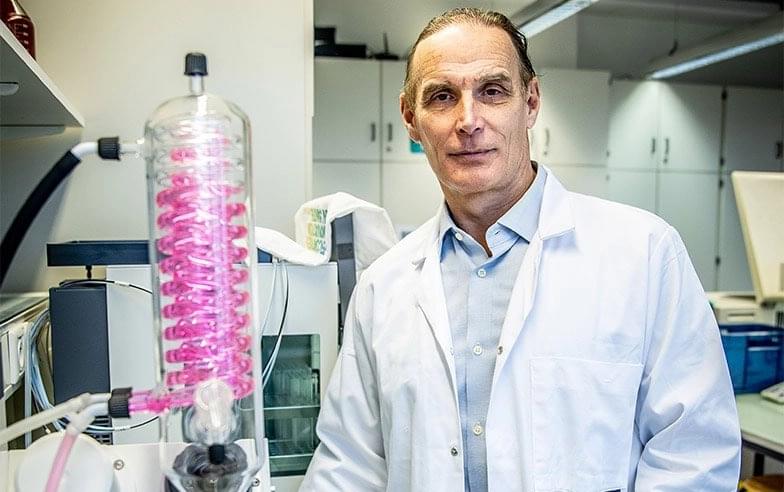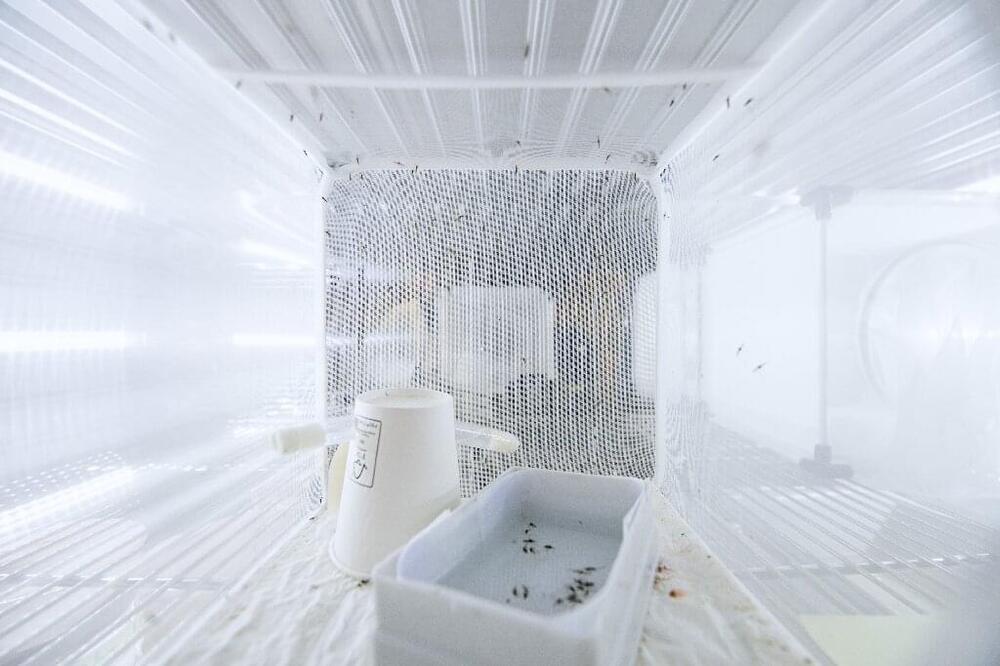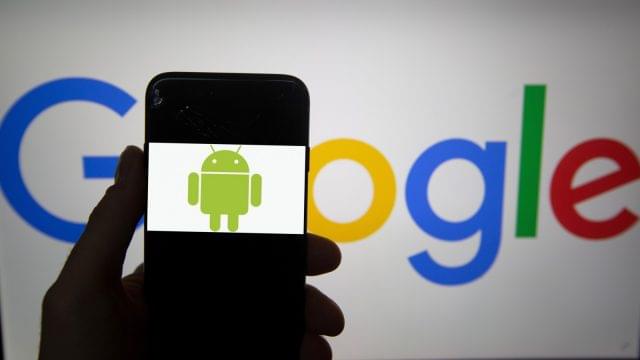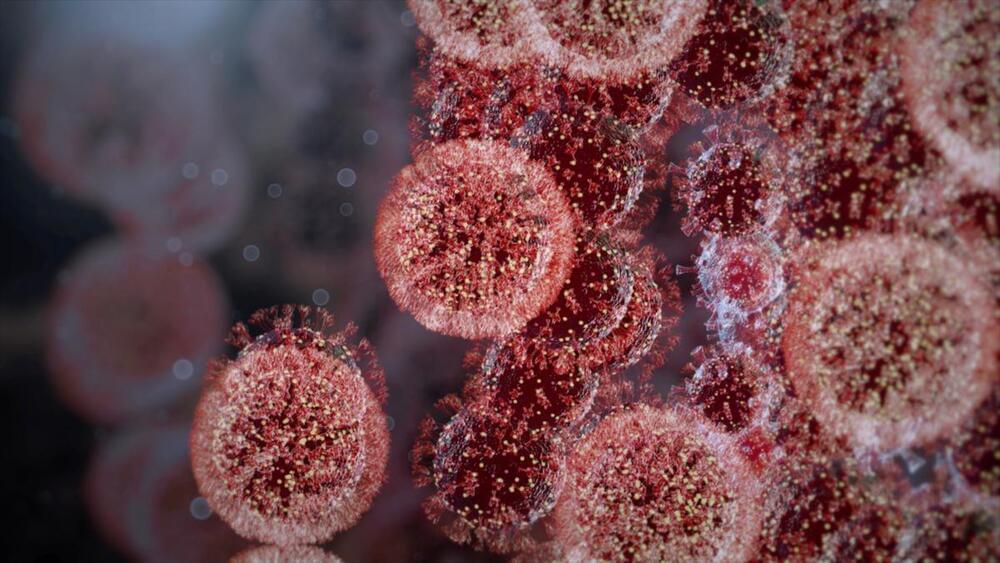The company is developing novel therapeutics targeting aging in humans and dogs by using genetically modified adeno-associated virus (AAV) vectors to deliver copies of the SIRT6 gene variant found in centenarians. SIRT6 has already been shown to have significant capabilities to repair DNA damage, and Genflow’s aim is to show that it can also improve healthspan and, potentially, increase lifespan. “Our business model is to develop our lead compound, GF-1002, that has already yielded encouraging pre-clinical results,” Leire told us. “We are currently undertaking pre-clinical trials which are expected to take approximately two years.
SIRT6 targeting longevity biotech announces intention to float on the London Stock Exchange, with IPO later this month.







